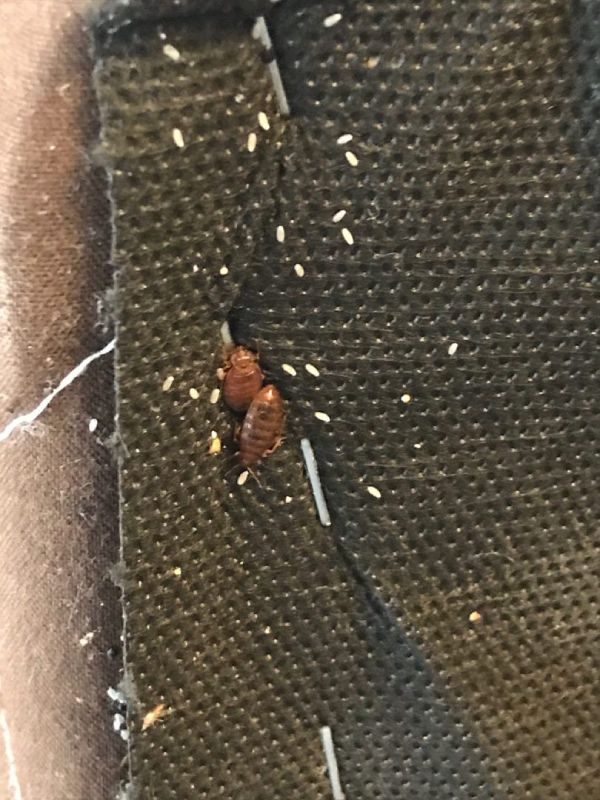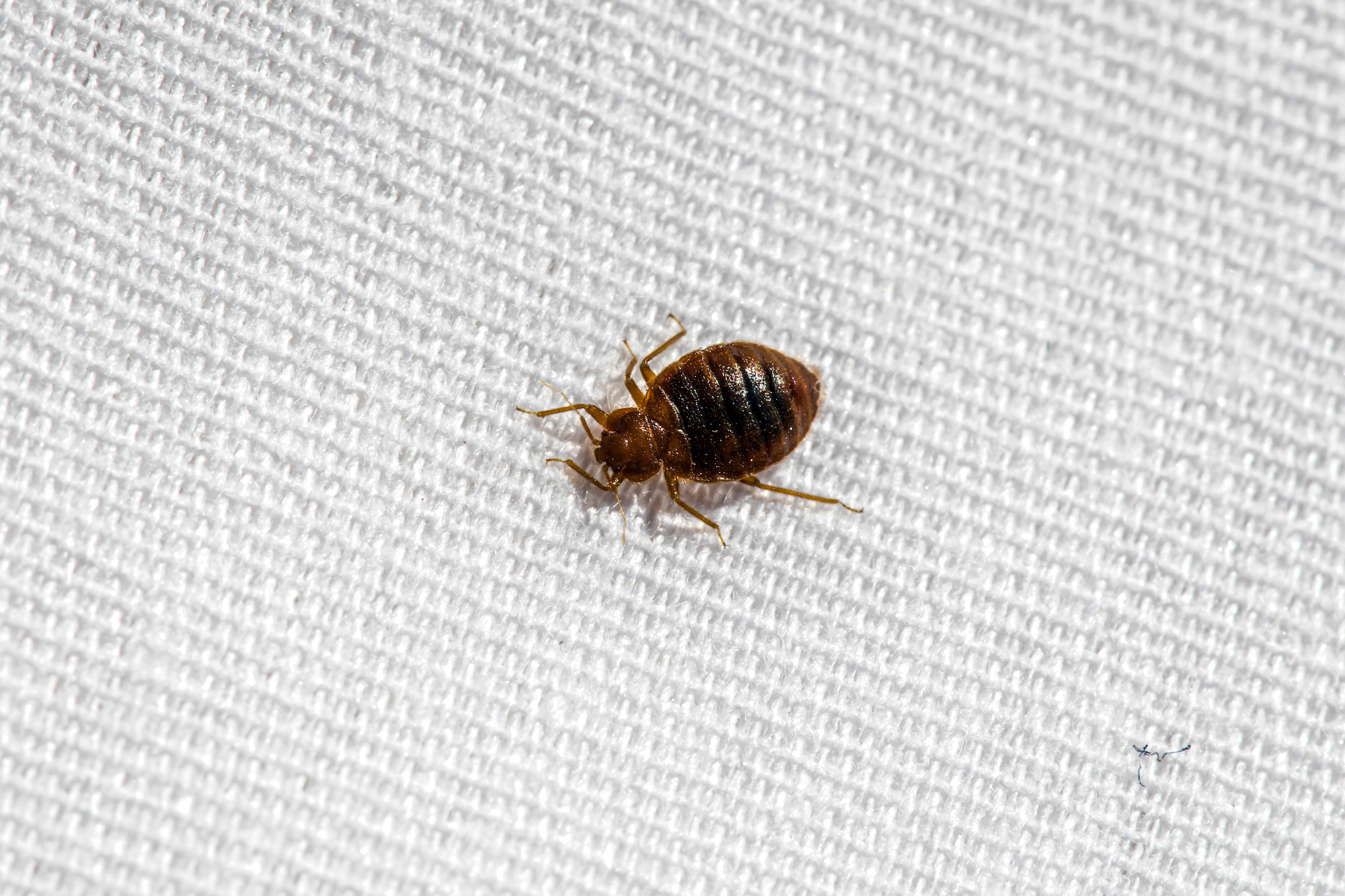Exploring the Science Behind Bed Pest Warmth Treatments as a Sustainable Bug Administration Method
One such method that has actually acquired traction in current years is the usage of heat therapies to battle bed insect invasions. The complexities of just how warm effectively removes bed insects and the broader ramifications for lasting pest administration methods make this a topic worth exploring better.
Bed Bug Warm Therapy Refine

Thermal Death Factor for Bed Bugs
Revealing bed insects to raised temperature levels past their thermal tolerance variety is essential for achieving effective obliteration in warm therapy procedures. The thermal fatality factor for bed pests describes the temperature at which these parasites can not survive. Research indicates that bed bugs start to perish when exposed to temperature levels over 113 ° F(45 ° C) for a sustained period. As the temperature increases, so does the death price of bed insects. At around 118 ° F(48 ° C ), bed insects start to pass away swiftly, with a death price of virtually 99% within mins of exposure. This shows the sensitivity of bed bugs to high temperatures and highlights the efficiency of warmth therapies in removing infestations. By reaching and maintaining temperature levels over the thermal fatality point for bed bugs, pest administration experts can guarantee detailed elimination of bed bug populations, consisting of hard-to-reach areas where chemical therapies might be less reliable. Recognizing the thermal fatality factor for bed insects is vital for executing successful warm therapy approaches and achieving lasting pest management outcomes.
Benefits of Warm Treatments
Having developed the important thermal death factor for bed bugs, it is crucial to currently discover the considerable advantages that warmth treatments supply in efficiently eliminating these resilient parasites. One of the primary advantages is that warm can pass through deep into gaps and splits where bed bugs hide, guaranteeing that also the most hard-to-reach locations are heated to dangerous temperatures.
In addition, warmth treatments are non-toxic and eco pleasant, making them a sustainable pest monitoring technique. Unlike chemical pesticides, heat therapies do not leave harmful residues that can present risks to human health or the atmosphere. This aspect is specifically vital in delicate atmospheres such as healthcare facilities, institutions, and residential areas where chemical use might not be desirable.
In addition, warm therapies have a high success price in getting rid of bed bug infestations in a single treatment, decreasing the requirement for multiple sees and decreasing disruption to occupants. This performance not just saves money and time my website yet also gives satisfaction to those handling bed bug problems.
Performance of Heat Therapy

Warm treatments have the included benefit of eliminating bed insect eggs, which are frequently immune to conventional chemical treatments. In general, the efficiency of warmth treatments in removing bed bug problems makes them a sustainable and reliable pest management method.
Lasting Bug Management Perks
Applying sustainable bug monitoring techniques uses long-term advantages for both the setting and public wellness. By using approaches such as heat treatments for insect control, we can reduce the reliance on unsafe chemical pesticides that can have damaging impacts on ecological communities and human wellness - bed bug heat treatment. Sustainable insect management methods aid in protecting biodiversity by targeting details pests without hurting non-target organisms, thus keeping a well balanced ecological community
Additionally, lasting pest monitoring methods add to the overall health and wellness and health of the public. By minimizing direct exposure to harmful chemicals made use of in traditional bug control methods, heat therapies offer a safer choice for parasite administration in domestic, commercial, and public spaces. This decrease in chemical usage likewise aids in avoiding chemical deposits from contaminating soil, air, and water, safeguarding ecological quality.
Verdict
To conclude, bed insect warm treatments have been revealed to be a efficient and sustainable bug monitoring approach. The thermal fatality point for bed pests makes them susceptible to warm therapies, which have many benefits over traditional chemical therapies. The performance of warmth therapies in getting rid of bed pest problems while decreasing ecological impact highlights the possibility of this approach as a lasting option for bug control.
The bed bug heat therapy process involves increasing the visit the site temperature level within infested areas to a degree that efficiently eliminates bed pests and their eggs. By reaching and maintaining temperature levels over the thermal fatality factor for bed bugs, parasite management specialists can guarantee thorough elimination of bed insect populaces, including hard-to-reach areas where chemical treatments may be less efficient. One of the primary advantages is that heat can permeate deep into cracks and holes where bed bugs conceal, ensuring that even the most hard-to-reach locations are warmed to dangerous temperature levels. Unlike chemical therapies next that may leave behind resistant populaces, heat therapies provide a non-toxic and environmentally friendly service that can penetrate deep right into furnishings, walls, and various other hard-to-reach areas where bed insects hide.
The thermal death factor for bed pests makes them susceptible to heat therapies, which have numerous advantages over standard chemical therapies.